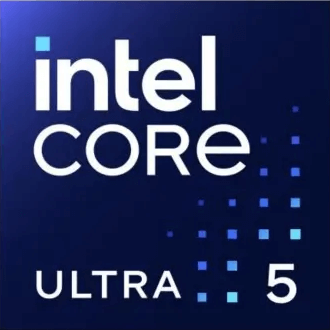Intel Core i7 1060G7 vs Intel Core Ultra 7 165U
We compared two laptop CPUs: Intel Core i7 1060G7 with 4 cores 1.0GHz and Intel Core Ultra 7 165U with 12 cores 1.7GHz . You will find out which processor performs better in benchmark tests, key specifications, power consumption and more.
Main Differences
Intel Core i7 1060G7 's Advantages
Lower TDP (9W vs 57W)
Intel Core Ultra 7 165U 's Advantages
Released 4 years and 4 months late
Higher specification of memory (7467 vs 3733)
Larger memory bandwidth (120GB/s vs 58.3GB/s)
Newer PCIe version (4.0 vs 3.0)
Higher base frequency (1.7GHz vs 1.0GHz)
Larger L3 cache size (12MB vs 8MB)
More modern manufacturing process (7nm vs 10nm)
Score
Benchmark
Cinebench R23 Single Core
Intel Core i7 1060G7
1116
Intel Core Ultra 7 165U
+51%
1694
Cinebench R23 Multi Core
Intel Core i7 1060G7
4238
Intel Core Ultra 7 165U
+138%
10103
General Parameters
Aug 2019
Release Date
Dec 2023
Intel
Manufacturer
Intel
Laptop
Type
Laptop
x86-64
Instruction Set
x86-64
Ice Lake
Core Architecture
Meteor Lake
i7-1060G7
Processor Number
165U
BGA-1440
Socket
FCBGA-2049
Iris Plus Graphics G7
Integrated Graphics
Arc Graphics (4-Cores)
-
Generation
Ultra 7 (Meteor Lake)
Package
10 nm
Manufacturing Process
7 nm
9 W
Power Consumption
12-57 W
100 °C
Peak Operating Temperature
110°C
-
Foundry
Intel
CPU Performance
4
Performance Cores
2
8
Performance Core Threads
4
1.0 GHz
Performance Core Base Frequency
1.7 GHz
3.8 GHz
Performance Core Turbo Frequency
4.9 GHz
-
Efficiency Cores
10
-
Efficiency Core Threads
10
-
Efficiency Core Base Frequency
1.2 GHz
-
Efficiency Core Turbo Frequency
3.8 GHz
4
Total Core Count
12
8
Total Thread Count
14
-
Bus Frequency
100 MHz
10x
Multiplier
17x
64 K per core
L1 Cache
112 K per core
256 K per core
L2 Cache
2 MB per core
8 MB shared
L3 Cache
12 MB shared
No
Unlocked Multiplier
No
-
SMP
1
Memory Parameters
LPDDR4-3733
Memory Types
LPDDR5-7467, LPDDR5x-7467, DDR5-5600
32 GB
Max Memory Size
96 GB
2
Max Memory Channels
2
58.3 GB/s
Max Memory Bandwidth
120 GB/s
No
ECC Memory Support
No
Graphics Card Parameters
true
Integrated Graphics
true
300 MHz
GPU Base Frequency
-
1100 MHz
GPU Max Dynamic Frequency
2000 MHz
512
Shader Units
64
64
Texture Units
4
8
Raster Operation Units
2
-
Execution Units
4
15 W
Power Consumption
-
5120x3200 - 60 Hz
Max Resolution
7680x4320 - 60 Hz
-
Graphics Performance
2.24 TFLOPS
Miscellaneous
3.0
PCIe Version
4.0
-
PCIe Lanes
20
SSE4.1, SSE4.2, AVX-2, AVX-512
Extended Instruction Set
-








